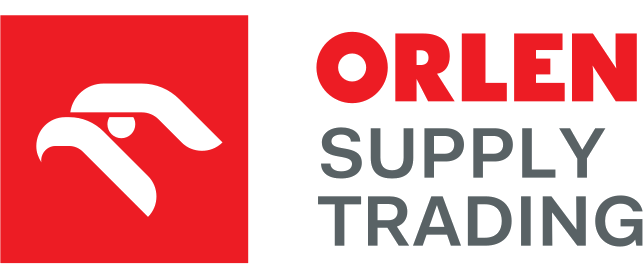LNG
LNG (Liquefied Natural Gas) acquires its liquid state by lowering the temperature of natural gas to -162 degrees Celsius. During the cooling process components of natural gas, such as water, carbon dioxide and nitrogen are removed, leaving methane as its main ingredient. Simultaneously, during
After liquefaction at the
Portfolio
Dynamic operations of PST’s UK Branch are focused on diversification of supplies to the Polish LNG terminal in Świnoujście. One of the operational successes was securing first LNG delivery from the US to this part of Europe as well as into other European Terminals (i.e. Montoir/France, Klaipeda/Lithuania).
With long-term FOB contracts becoming part of ORLEN’s LNG portfolio and managing an own fleet of modern LNG carriers, PST’s UK Branch will look increasingly into other destinations in the world to deliver LNG.
